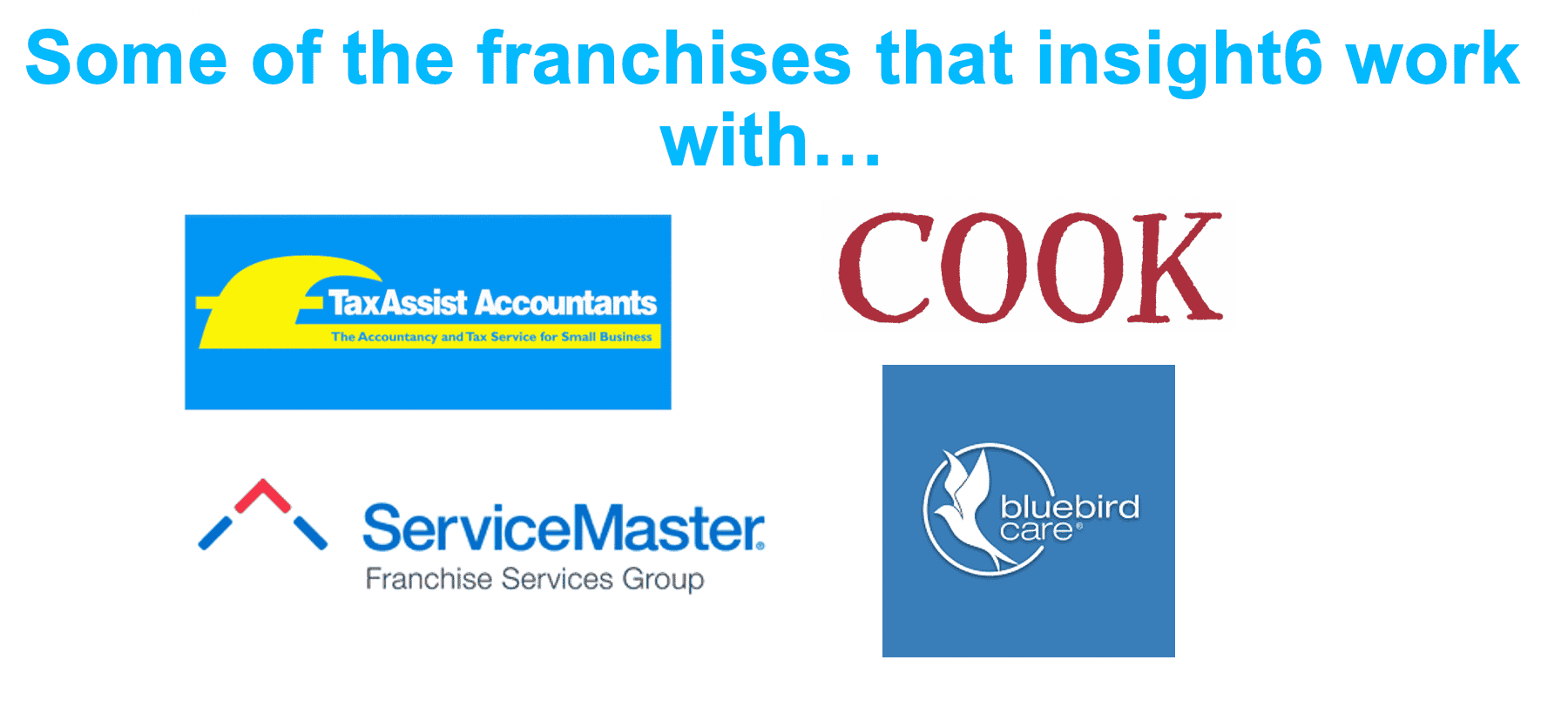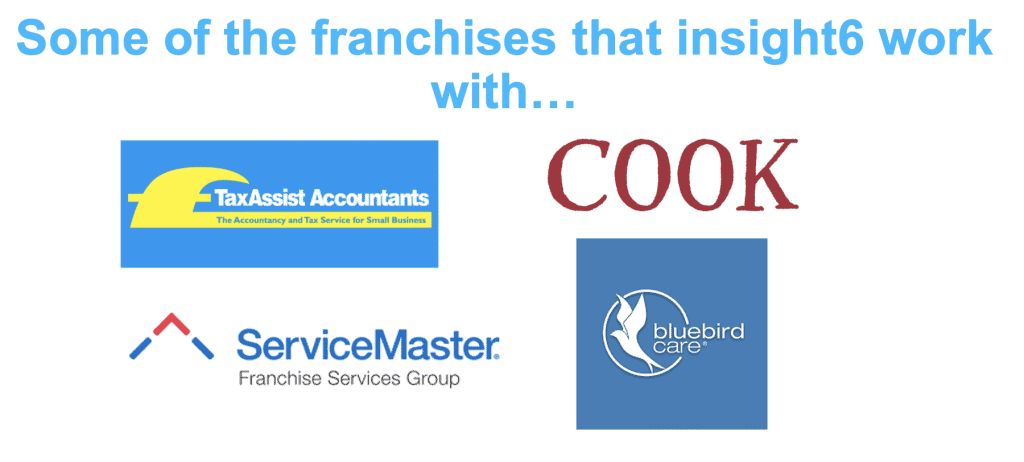Introduction:
Most of us understand the importance of delivering exceptional customer experiences to drive loyalty, repeat business, and growth. But have you considered the impact of a poor customer experience? Do you know how your customers feel about your products and services? Asking for and acting on regular customer feedback is critical to business success. Why? So, you can improve customer satisfaction, build loyalty, and ultimately boost your bottom line! Here, we explore how to turn customer feedback into actionable insights.
Table of contents
- Why is customer feedback critical for business success?
- What are the benefits of collection and acting on customer feedback?
- When to ask customers for feedback and how to collect it.
- How can asking for customer feedback build customer loyalty?
- Why is it important to address negative customer feedback?
- Best practice: strategies to improve your response rates.
Why is customer feedback critical for business success?
Understanding your customers' needs and preferences is important in today's competitive landscape. Customer feedback gives valuable insights into their experiences, expectations, and pain points. It helps you find areas for improvement, make informed business decisions, and stay ahead of the competition.
Consider this: 84% of customers say their expectations are unmet and 76% would stop doing business with a company after just one bad experience. By actively looking for and listening to customer feedback, you can address these issues proactively and ensure a robust customer experience strategy. One that works as a powerful tool to drive business success.
What are the benefits of collecting and acting on customer feedback?
Collecting and utilising customer feedback in the right way offers many benefits to your business. For example:
- Customer satisfaction and loyalty: When customers feel heard and see their feedback being acted upon, it enhances their experience and instils trust. According to research, loyal customers are worth up to 10 times as much as their first purchase.
- Differentiation and Competitive Advantage: By consistently improving your products and services based on customer feedback, you can differentiate yourself from competitors and position your business as customer centric.
- Profitability: Increasing customer retention rates by 5% can boost profits up to 95%. By actively seeking feedback and improving customer experiences, you can drive profitability and long-term business success.
When to ask customers for feedback and how to collect it
You need to find the right tools and channels to ask for customer feedback. Here are some key considerations:
- Timing: Request feedback at various touchpoints throughout the customer journey, such as after a purchase, support interaction, or service completion. Ensuring that feedback is fresh, exact and detailed is critical.
- Methods: There are several ways customer feedback can be collected, including surveys, feedback forms, and online reviews. Customer Experience Reviews, more commonly known as Mystery Shopping, is one of the best ways to test the service a company provides through the eyes of its customers or clients.
- Incentives: Offer incentives, such as discounts, exclusive content, or rewards, to encourage customers to give feedback. This can increase response rates and show appreciation for their time and input.
Remember, the easier and more accessible you make the feedback process, the more likely customers are to take part and supply valuable insights. With insight6 customer experience solutions, you can gather in-depth information on how your customers feel about your services, products and company overall.
How can asking for customer feedback build customer loyalty?
Asking for customer feedback shows you value your customer’s opinions and are committed to offering an exceptional experience. Meanwhile, acting on customer feedback builds trust and strengthens the customer-business relationship, increasing loyalty. Customers feel a sense of ownership When they see their suggestions and concerns being addressed. They are likely become brand advocates, recommending your business to others and continuing their patronage.
Why is it important to address negative customer feedback?
Negative customer feedback is an opportunity for improvement. Instead of ignoring or dismissing negative comments, embrace them as valuable insights.
Addressing negative feedback promptly and effectively shows your commitment to resolving issues and improving the customer experience. It allows you to turn dissatisfied customers into brand advocates and loyal, repeat customers. Remember, a positive review shows a fantastic customer experience. You can read our insights on how to generate more positive customer reviews online.
Best practice: strategies to improve your response rates.
To improve prove your response rates and gather more comprehensive feedback, consider the following strategies:
- Keep it concise: Keep your surveys or feedback requests concise and focused. Customers are more likely to take part if the process is quick and straightforward.
- Personalise your approach: Use personalised messages when requesting feedback. Address customers by name and highlight how their input will contribute to improving their experience.
- Follow up and show appreciation: Thank customers for their feedback and let them know how it will be used to enhance their experience. Follow up on their suggestions or concerns and inform them of any actions taken.
- Engage through multiple channels: Reach customers through various channels, such as email, social media, or in-app notifications. Make it convenient for them to give feedback in their preferred way.
Ultimately, enhancing the customer experience and gathering regular customer feedback is critical to building loyalty and driving profitability. High customer satisfaction guarantees loyalty and makes you stand out from the competition. It also lets you prevent customer churn and negative word of mouth.
insight6, as a partner to hundreds of businesses and organisations across multiple sectors, focuses on elevating the customer experience to win new business, improve customer satisfaction, build loyalty, and boost profitability. Our comprehensive feedback solution, instant insight, enables companies to regularly analyse feedback from customers and employees, gaining valuable insights for informed decision-making and positively changing the customer and employee experience.
Using instant insight will:
✓ Help you gain customer feedback.
✓ Allow you to gain employee feedback.
✓ Analyse/report on real-time feedback.
✓ Obtain actionable comments.
✓ Improve your products and services.
✓ Benchmark against your competitors.
✓ Increase positive online reviews.
Today we are the largest customer experience (CX) consultancy in the United Kingdom with a network of 25+ local CX specialists covering every region. Our national reach means you have access to a customer experience director in your local area. What is more, each director brings an invaluable mix of business experience and CX knowledge to support your team — whether large or small — in making the necessary operational changes to enhance your customer experience.
Understanding how your customers feel about your products and services will improve satisfaction, encouraging advocacy and repeat business. You work hard and spend money to find and attract new customers. Do not let the cost of unsatisfied customers affect your reputation and bottom line.
Get in touch today for a no-obligation chat or request a demo to see how instant insight can transform your business.
Like what you have read? Sign up to the insight6 newsletter to keep up to date with everything you need to know to improve your customer experience.










